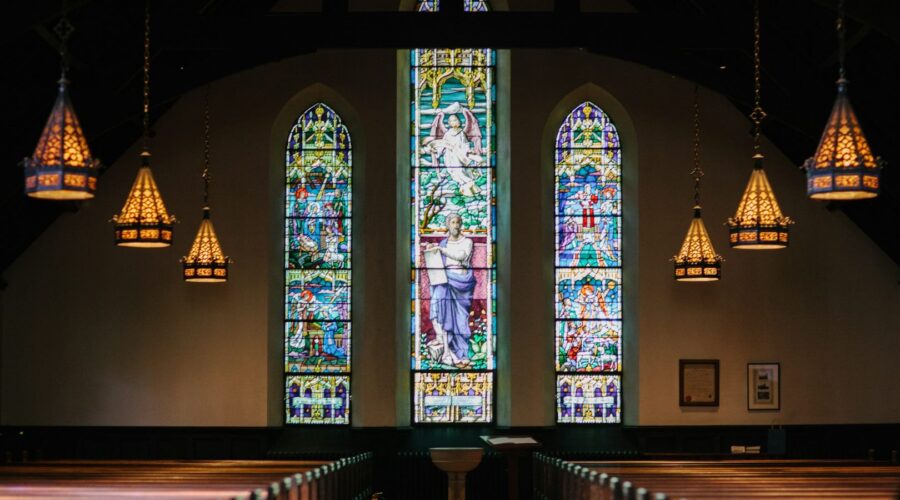Your cart is currently empty!
Understand the USCCB Readings: A Comprehensive Guide for Catholics

Introduction
The United States Conference of Catholic Bishops (USCCB) is responsible for the liturgical texts used in Catholic worship in the United States. These texts include the readings for Mass, which are selected from the Bible and provide a foundation for the homily and the liturgy.
Understanding the USCCB readings is essential for Catholics who want to fully participate in the Mass and deepen their faith. This comprehensive guide will provide an overview of the USCCB readings, their history, and how to use them for spiritual growth.
History of the USCCB Readings
Pre-Vatican II
Before the Second Vatican Council (1962-1965), the readings for Mass were fixed and did not vary throughout the year. The only exceptions were for special feasts and solemnities.
Post-Vatican II
The Second Vatican Council introduced significant changes to the liturgy, including the introduction of a three-year cycle of readings. This cycle ensured that a wider range of Scripture was proclaimed at Mass, allowing Catholics to experience the fullness of God’s Word.
The Three-Year Lectionary Cycle
The USCCB readings follow a three-year cycle, known as the A, B, and C cycles. Each cycle focuses on a different aspect of the biblical narrative:
- Cycle A: Emphasizes the Gospel of Matthew
- Cycle B: Emphasizes the Gospel of Mark
- Cycle C: Emphasizes the Gospel of Luke
The Gospel reading for each Sunday is usually accompanied by readings from the Old Testament, the New Testament epistles, and the Psalms.
How to Use the USCCB Readings
To get the most out of the USCCB readings, consider the following tips:
Before Mass
- Read the readings for the day from a Bible or online resource.
- Reflect on the readings and make note of any questions or insights.
- Consider the connection between the readings and the theme of the liturgy.
During Mass
- Listen attentively to the readings and homily.
- Connect the readings to your own life and experience.
- Engage in the response prayers and acclamations.
After Mass
- Spend time in personal reflection on the readings.
- Discuss the readings with a friend or family member.
- Consider how the readings can guide your actions and decisions in the coming week.
Resources for Studying the USCCB Readings
Numerous resources are available to help Catholics study the USCCB readings:
- USCCB Scripture Website: https://bible.usccb.org/
- Ignatius Catholic Study Bible: A highly respected study Bible with extensive notes and commentaries from Catholic scholars.
- The Navarre Bible: A multi-volume commentary on the Bible that provides a wealth of historical, linguistic, and spiritual insights.
Conclusion
The USCCB readings are an essential part of Catholic worship. By understanding their history, structure, and significance, Catholics can deepen their knowledge of Scripture and enrich their liturgical experience. By reflecting on the readings before, during, and after Mass, Catholics can grow in their faith and draw closer to God.